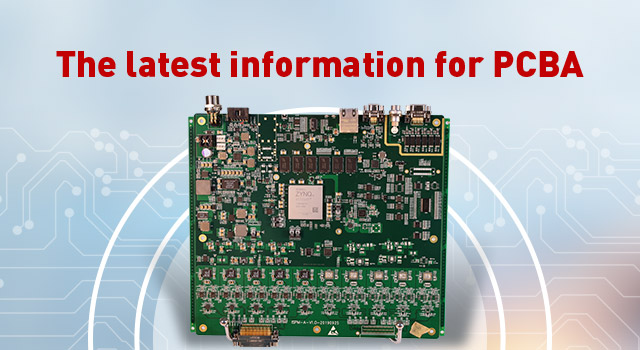
For prototype pcb assembly, what are the features of laser reflow soldering?
date:Jul 11,2019
Return listFor prototype pcb assembly, what are the features of laser reflow soldering?
Laser prototype pcb assembly reflow soldering is mainly used in military electronic equipment. It uses the high energy density of the laser for instantaneous micro welding, and concentrates the heat to the soldering site for local heating, which has little effect on the prototype pcb assembly component itself, PCB and adjacent components. It is also possible to perform multiple points simultaneous welding.

Laser welding can concentrate large energy on a very small surface in a short period of time. The heating process is highly localized and does not generate thermal stress. The heat sensitive prototype pcb assemblycomponents are not subject to thermal shock, and the welded joints can be refinedcrystal particlesize. Laser reflow soldering is suitable for welding thermal prototype pcb assemblycomponents, package components and valuable substrates.
The significant advantages of this method are: high concentration of heating, reducing the possibility of damage to the heat-sensitive prototype pcb assemblydevice; solder joint formation is very rapid, reducing the chance of formation of intermetallic compounds; compared with the overall reflow method, the stress of the solder joint is reduced.Local heating has little effect on the prototype pcb assembly,the components themselves and the surrounding components; when soldering at multiple points, the prototype pcb assembly can be fixed and the laser beam can be moved for welding, which is easy to realize automation. The disadvantage of laser reflow is that the initial investment is large and the maintenance cost is high. This is a new development of reflow soldering technology that can be used as a complement to other methods, but it is not possible to replace other soldering methods.

